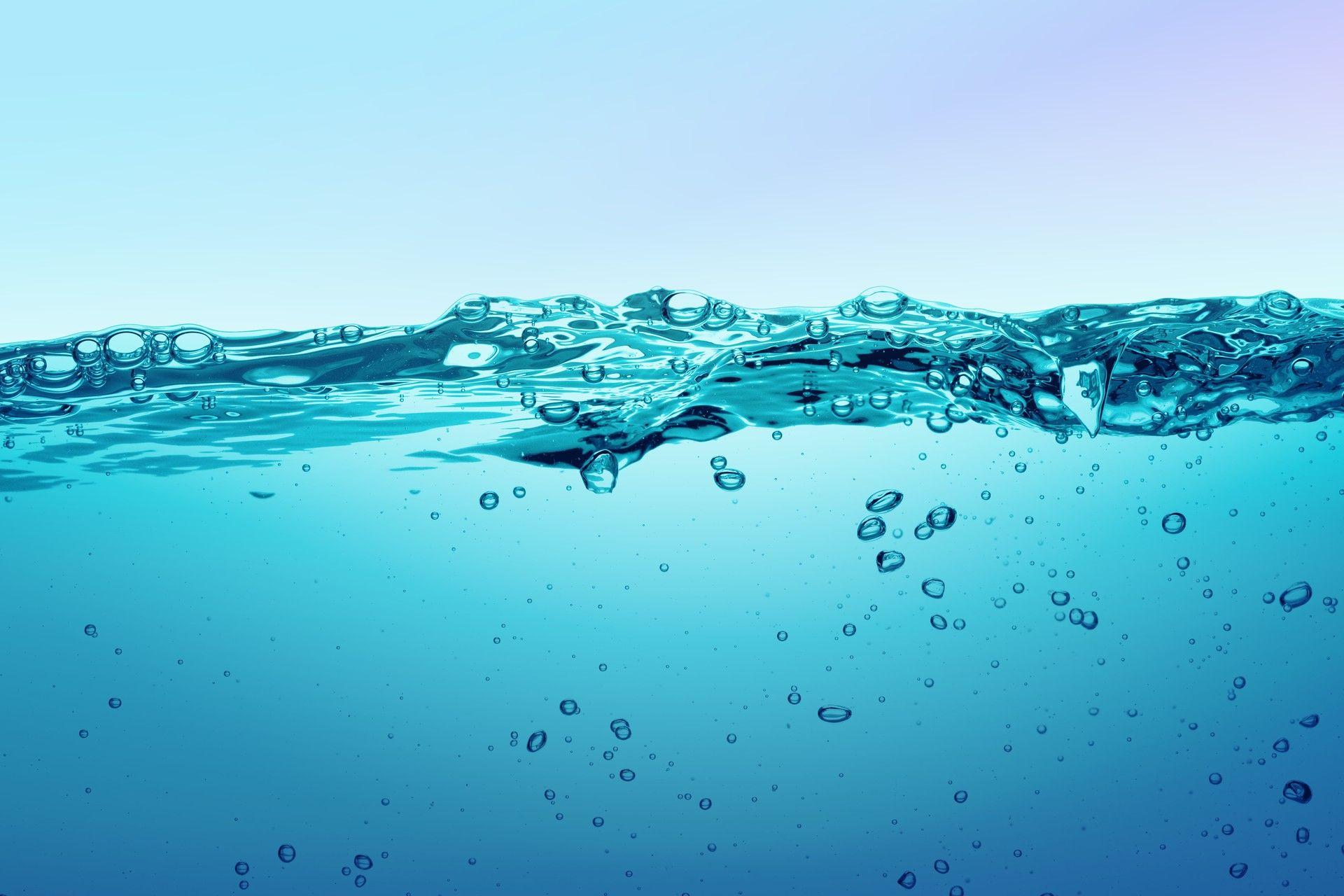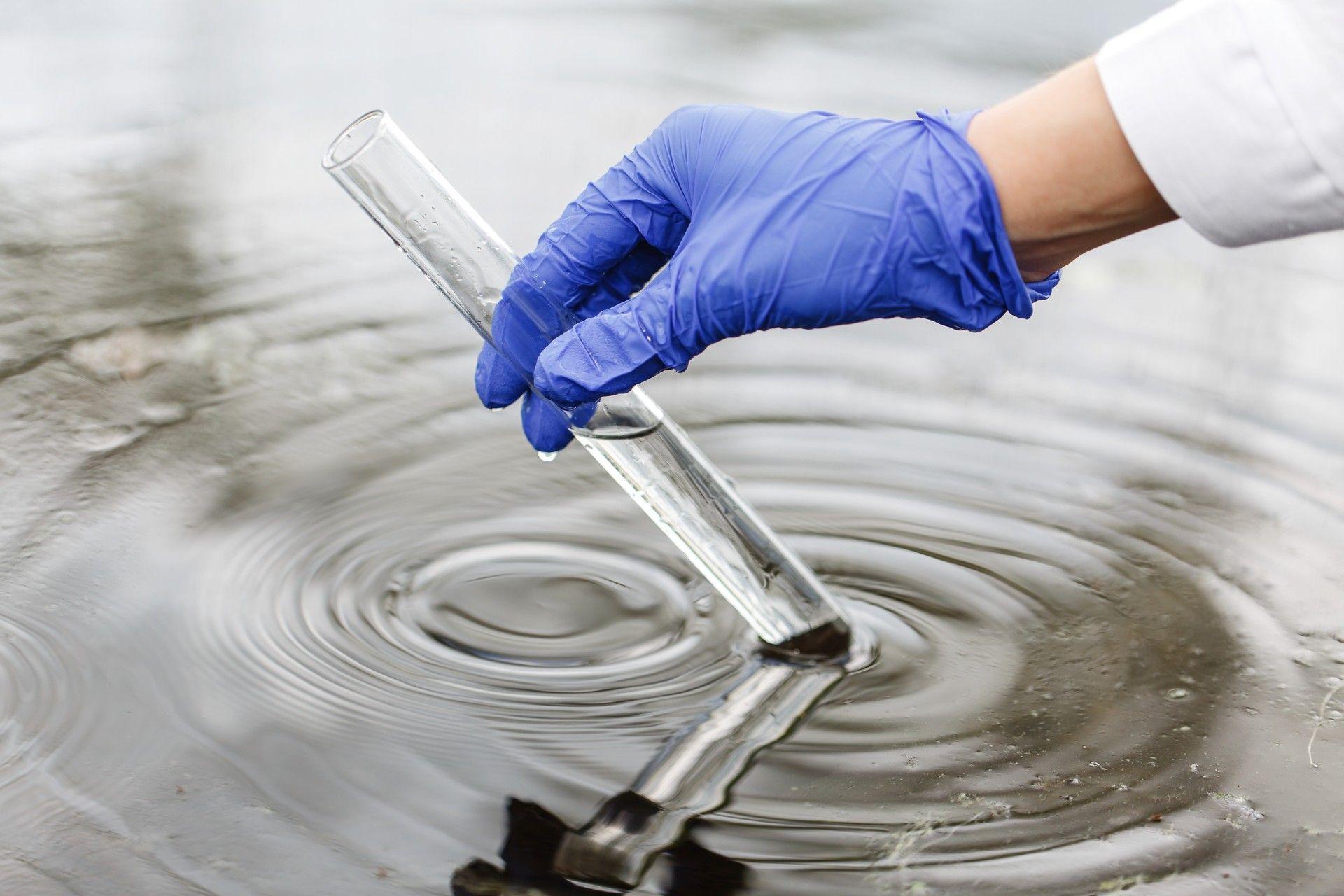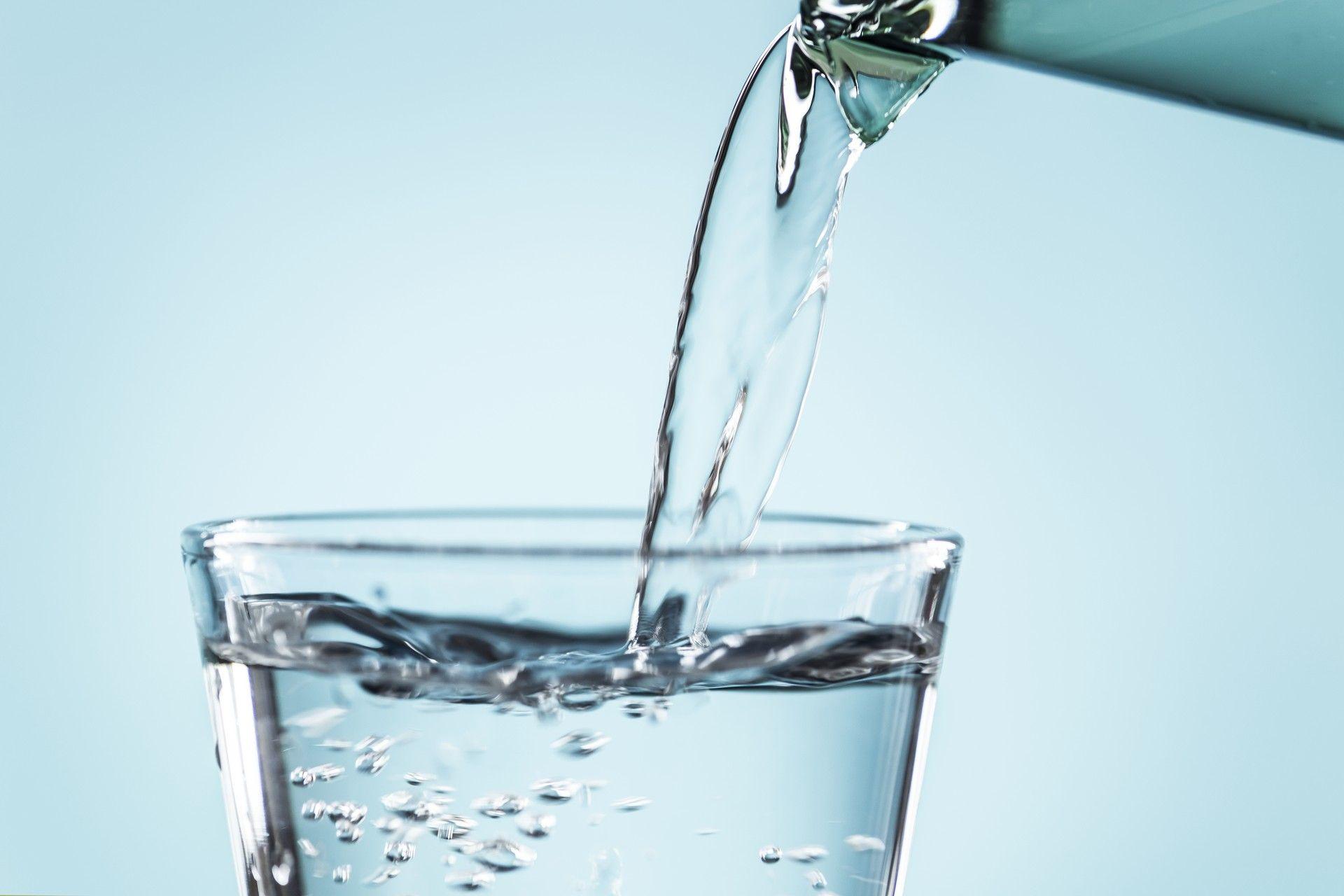From simple distillation to membrane processes like reverse and forward osmosis, desalination is becoming a more viable solution to drinking water shortages
More than 70% of the Earth’s surface is water, but only a tiny fraction of this water is drinkable due to its high salt content. Below the surface, the picture is similar: Much of the water in underground aquifers is unsuitable for consumption.
In the face of mounting water scarcity challenges, it’s increasingly important to explore alternative sources of fresh water, including seawater and brackish groundwater, which is less salty than seawater but too salty to drink.
For years, the adoption of desalination was hampered by its high energy requirements. However, technological advances have made the transformation of saline water into drinking water much more efficient and affordable.
Let’s look at some of the history of desalination and the technical advances that are reshaping the landscape of water treatment.

Thermal desalination
Evaporation and condensation together are the most basic form of desalination. It’s a process that occurs naturally as part of the water cycle, as the sun evaporates seawater and releases fresh rainwater. For thousands of years, we’ve added heat to the process to create simple distillation, which is an effective form of desalination, but one that comes at a high energy cost.
Two important refinements of thermal desalination are multi-stage flash (MSF) distillation and multiple effect distillation (MED), which both use multiple stages of evaporation and condensation to produce fresh water from saline. They differ in some key aspects.
MED uses multiple stages of evaporation and condensation. In each stage, water is heated, vaporized, and then condensed, yielding fresh water and concentrated brine. Heat is transferred from one stage to the next, making the process more energy-efficient.
The hot vapor produced in one stage is used to heat the feed water in the subsequent stage, reducing the overall energy consumption. MED is suitable for desalinating water with relatively low-temperature requirements, making it useful for treating brackish water, industrial wastewater, and seawater. It is fairly flexible in terms of energy and can use various heat sources, including steam, hot water, or waste heat.
MSF distillation is another multi-stage thermal desalination process, which uses pressure and multiple stages of flashing with heat exchangers to produce fresh water. MSF requires a consistent and ample heat source, such as waste heat from industrial processes or external steam, and is one of the most energy-efficient thermal desalination methods when a reliable heat source is available.
The choice between MSF and MED depends on factors including the availability of a heat source, specific water quality requirements, and the scale of the desalination project.

Reverse osmosis revolution
One of the most significant breakthroughs in desalination has been the widespread adoption of reverse osmosis (RO) technology. In RO, water is forced through semipermeable membranes that allow water molecules to pass through while holding back salts, minerals, and impurities. It’s a more energy-efficient and cost-effective process than thermal methods.
Through innovations in energy recovery systems and optimized plant design, one global service provider, Seven Seas Water Group, has played a pivotal role in reducing the environmental footprint of desalination projects for both brackish water and seawater, for an environmentally sustainable and economical way to provide high-quality drinking water.
At a desalination facility in Trinidad dedicated to supplying drinking water, the company has implemented an innovative solution. They have introduced a protective net to enclose the submerged raw water intake. This additional safeguard, situated between the ocean and the pre-existing low-velocity pumps, serves as a barrier to prevent the unintended capture and disruption of marine life, including fish and endangered turtles.
Furthermore, the plant has garnered commendation for its environmentally conscious location and diligent monitoring practices.
Forward osmosis and beyond
As we look to the future, the desalination journey continues with the exploration of advanced methods like forward osmosis (FO), an emerging membrane technology that can be used in various water treatment applications, including desalination.
The FO water purification process uses the spontaneous movement of water through a semipermeable membrane. In FO desalination, a solution with higher osmotic pressure is used to draw fresh water from a feed solution, which is typically brackish water or seawater. This method has gained attention for its potential to be more energy-efficient and environmentally friendly than RO because it requires less pressure to operate.

Promising new technologies not only increases water recovery rates but also minimizes other environmental impacts as we work toward goals like zero-liquid discharge (ZLD), an advanced wastewater treatment and management process that aims to eliminate the discharge of any liquid waste, including brine and other byproducts, from industrial or municipal facilities. The core principle of ZLD is to recover and reuse as much water as possible.
Commitment to sustainability
The evolution of desalination technology has transformed our approach to mitigating water scarcity, offering a viable solution for providing safe, affordable water to communities in water-scarce regions. With each stride, we move closer to ensuring that everyone, everywhere has access to safe and reliable drinking water, even in the most challenging environments.
Featured image credit: Freepik.






